Yellowlegs and sandhill cranes make stopover at Iroquois NWR
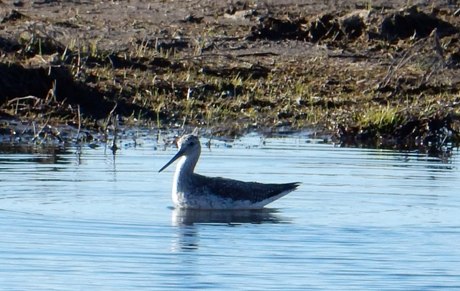
Hard to say for certain whether this yellowlegs is of the "greater" or "lesser" variety. Both are quite similar in appearance and, as you might have guessed, the long bill is perhaps the first thing you notice about this migrating shorebird -- at least in this photo.
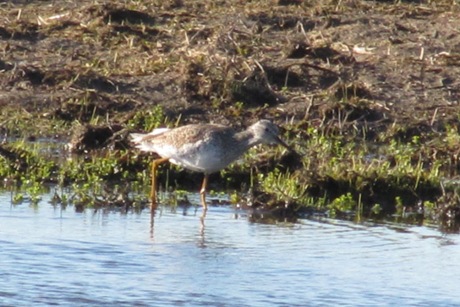
This photo plainly shows how the yellowlegs got its name... and those legs come in handy for stalking small fish in the shoreline shallows.
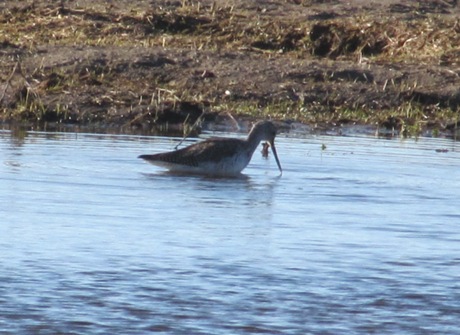
The yellowlegs' long bill also proves useful when seeking a meal.
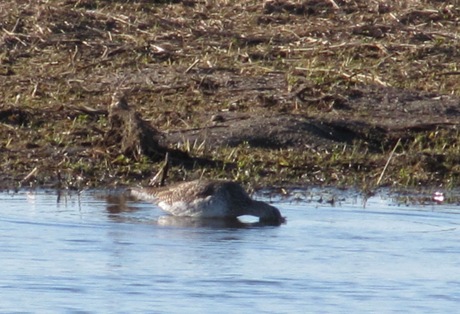
Here the yellowlegs uses its bill to probe for food, moving it back and forth to stir up the silty bottom and in the process locate snails and other aquatic morsels.
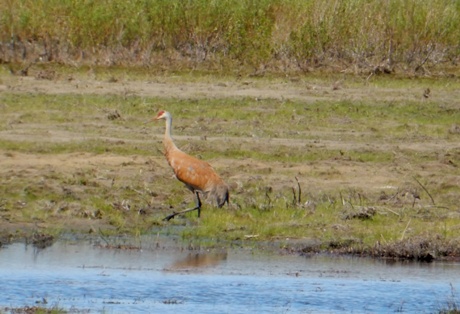
A sandhill crane makes a rare appearance along the Feeder Road at Iroquois National Wildlife Refuge.
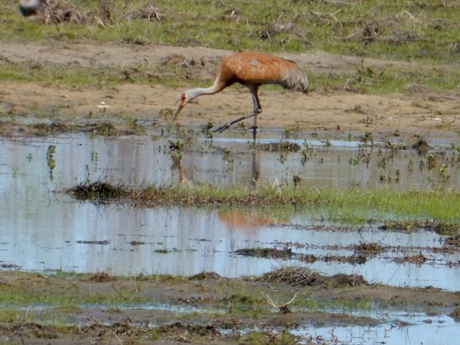
According to the "Audubon Field Guide to BIrds," there are isolated populations scattered in places like the Rocky Mountains and northern prairies, the majority of sandhill breeding takes place in regions throughout Siberia and across the Canadian arctic.
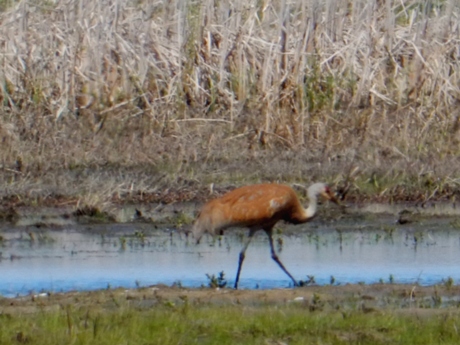
The mating dance of the sandhill crane is said to be spectacular. A mating pair will face each other and suddenly leap into the air with wings extended and feet thrown forward. Having done that they will then bow to each other and perform an encore.
